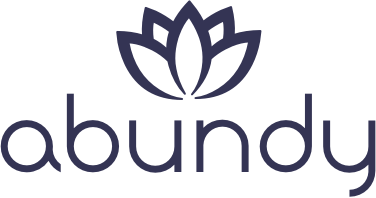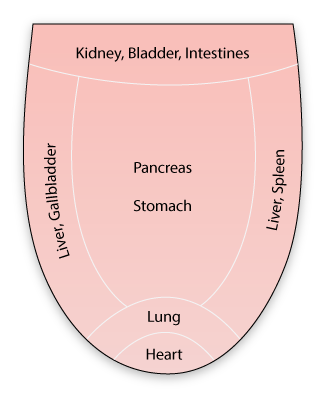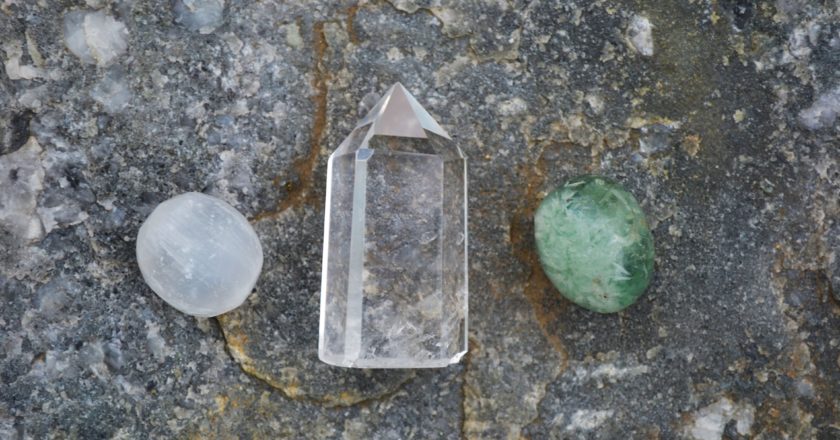This is a guest post written by Emily Lopes (find out more). Thanks for this great article and for collaborating to Abundy Holistic Studio’s purpose!
Yoga has been making its way to the mainstream. According to a survey from the Yoga Journal and the Yoga Alliance, the yoga industry is booming in America. It grew from an approximate of 20.4 million in 2012 to 36.7 million yoga practitioners last 2016 in America alone. This 2019, the yoga industry is transitioning to be at the top of the fitness trends. The yoga revolution will continue to take place from 2019 to 2020, making the revenue projection to an approximate $11.6 billion in 2020.
But despite the rapid growth yoga shown within the years, there are still a lot of people who have a tweaked view about this practice. Here are the most common myths about yoga:
-
If you’re not flexible, you can’t do yoga

You have to do some stretching in yoga. That’s a fact. Practicing yoga regularly can improve your flexibility. But flexibility is not a prerequisite. With patience and dedication, you will become more flexible. No matter what your skill level is, you are always welcome to do yoga. Besides, nobody said that you have to be ripped or fit already before going to the gym.
-
Yoga is for the young
There is a stereotype that yoga is for the young, the slim, the active, or the beautiful. Since people think that yoga is for flexible people, there is a weight, body physique, or age requirement – which is generally incorrect. Just because we usually see people deemed to be perfect in figure or young and active individuals posting on social media, doesn’t always mean you have to be like that. While it is attractive and inspiring, it can be misleading. Yoga is for everybody. No matter what size, shape, color, or race, you are welcome to enter the world of yoga.
-
Yoga is not for men

In connection with the myth above, yoga has been associated with women. There are instances that when you visit a yoga studio, it is flocking with women. But to tell you the truth, yoga was pioneered by men. According to history, most of the best yoga teachers are men. In today’s time, more and more men are finally engaging and participating in yoga classes. The list includes Tom Brady, LeBron James, and Kevin Love. So if people say that yoga isn’t ‘manly’ enough, prove them wrong by joining a class or two.
-
Yoga is expensive
If you’re worrying that you do not have the ‘right look’ for yoga, throw it away. You do not need a collection of branded outfits just to practice yoga. Yoga doesn’t care about who you wear. It cares about how you perform your salutations, how you keep up with the pace, and how great it is that you’re going to experience the amazing benefits of yoga. Though having such pieces of clothing can make you look good and feel good, yoga is not about the looks. As long as you are in your comfortable self in comfortable and yoga-appropriate clothing, you look good already.
In terms of yoga classes, there are a lot of studios from all over the world that provide free to less costly trial classes. Most of the yoga studios offer packages that help you save more than purchasing a single class from time to time. You can also attend yoga classes offered by different retreat venues for hire. The most important thing that yoga practitioners wanted you to know is that yoga is not an expensive practice.
-
Yoga is boring because it’s too slow and takes too much time
There are various formal yoga classes that run from 30 – 90 minutes. There are also lots of online yoga classes that you can try for 5 minutes or so. A class in a few minutes is not enough to unlock the whole package of benefits yoga has to offer. All good things take time. If you also worry that pace is too slow for you, you can find different yoga types that are more rigorous and that have more challenging styles and poses.
Here are other misconceptions about yoga. Yoga is neither magic nor a religion. It is not just for the ‘hippies’ or the ‘cool ones’ but for everyone. Yoga is more than just an exercise or a body of work but a combination of it with psychology and spirituality. Yoga has a lot to offer and is best to experience for yourself. May we have the courage to debunk these beliefs if we hear them from someone somewhere.





 All the parts of this amazing plant (leaves, berries, and flowers) except for the root, can be used to create an herbal medication. As a plant species, hawthorn was only native to the northern hemisphere, where there are a variety of different types, which produce slightly different fruits. The most common hawthorn fruit is quite small, has a berry shape and is tart, red to pink in color. If you noticed, I did not say that they are berries, but that they have a “berry shape”. This is because they contain a single seed stone inside, much like peaches or plums.
All the parts of this amazing plant (leaves, berries, and flowers) except for the root, can be used to create an herbal medication. As a plant species, hawthorn was only native to the northern hemisphere, where there are a variety of different types, which produce slightly different fruits. The most common hawthorn fruit is quite small, has a berry shape and is tart, red to pink in color. If you noticed, I did not say that they are berries, but that they have a “berry shape”. This is because they contain a single seed stone inside, much like peaches or plums.



